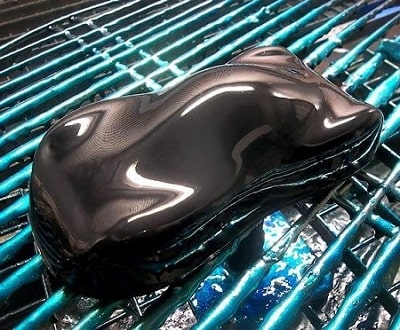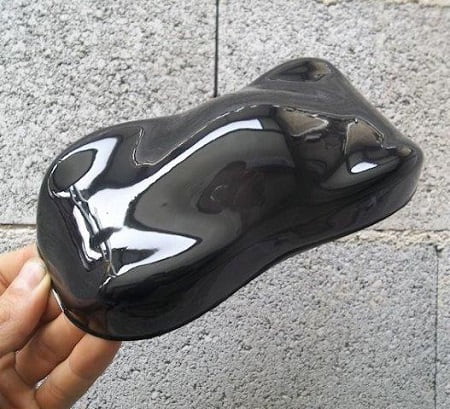 Hydro varnishes
Hydro varnishes
We have classified them as special varnishes because surprisingly, these water-based varnishes are considered rare and special in the professional painting world, since the standard and most of the existing offers are based on formulas of solvent-based varnish.
Indeed, water-based varnishes have until now had a bad reputation among applicators, in all professional fields: so-called water-soluble varnishes are known to be less shiny, much less resistant and less easy to apply. than traditional solvent-based polyurethane varnishes. Well all that changes!
OK, we remember the bitter failures of the chemists of the automotive industry and the European politicians, supposedly anxious to establish rules favoring the ecology, with the revolutionary water-based finishes, which were turned out to be a fiasco. There is total silence on this subject in the world of bodywork. However, in recent years we have seen the release of new high-performance acrylic products!
The differences between water-based and solvent-based varnishes
Basically, the difference is mainly the solvent : in a "solvent-free" product, water is mainly used to dilute, dissolve and evaporate the polymers from manufacture, through application and up to to evaporation. In the solvent-based product, organic solvents are used. The same acrylic resins are used and we know that this resin family shows the best resistance to the sun and bad weather! The main defect of water is its slow evaporation, which delays drying and makes application difficult, but also its poor compatibility with many chemical additives.
In water-based varnishes (we are talking about resistant and efficient professional varnishes... not water-based varnishes for schoolchildren !), we therefore use co-solvents : these are mild solvents, universally compatible products which, through a kind of “sleight of hand”, allow all these different chemicals to be mixed together. There are now 2-component acrylic polyurethane water-based varnishes developed by Stardust and which open a new path in the field of ecological finishes.
 The coalescence of water-based varnishes
The coalescence of water-based varnishes
You can think of polymers (the solid resin) as little bubbles or cells floating in water, which keeps them wet, liquid and mobile. The phenomenon of coalescence is the bursting and welding between these bubbles, which will allow hardening. This is enabled by the evaporation of the solvent (water) and is aided by the presence of water-compatible solvents which allow this acrylic dry matter to be welded.
The use of water-based varnishes
First of all, we use these products when we have obligations in terms of respecting the emission of polluting materials (VOCs). These water-based products are used in applications, generally with cooking, in the fields of food, packaging or certain standards impose non-hazardous products. Similarly, water-based products provide solutions when it is necessary to apply in closed places, where solvent fumes or flammable products are prohibited.
Varnish to standards
Technical varnish
Specific protective varnish
Varnish with special effects
Textured varnish




















































































